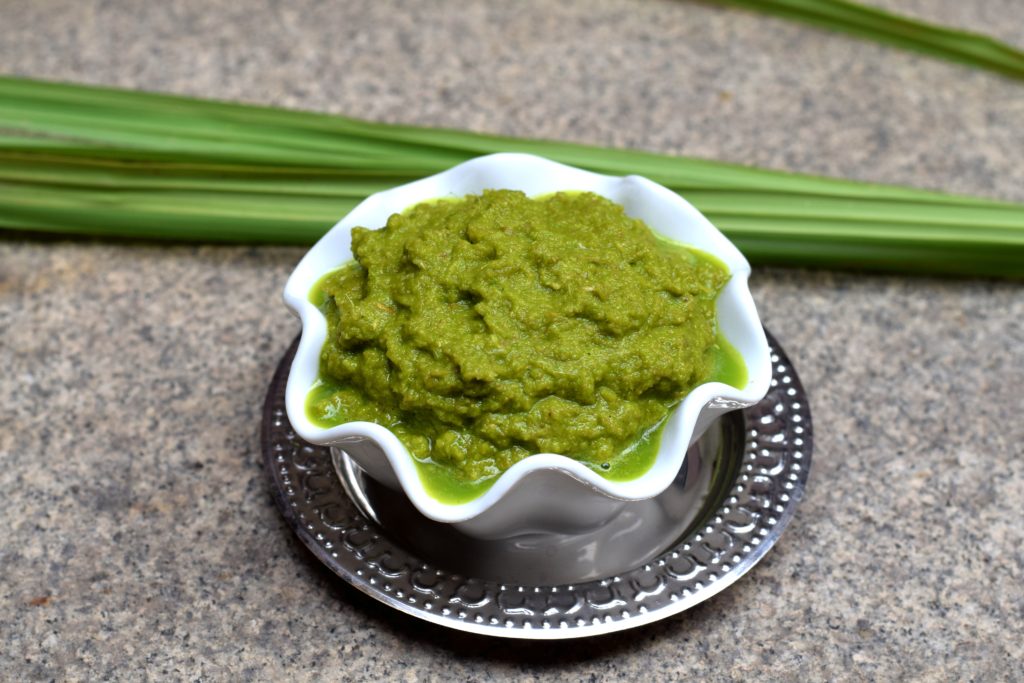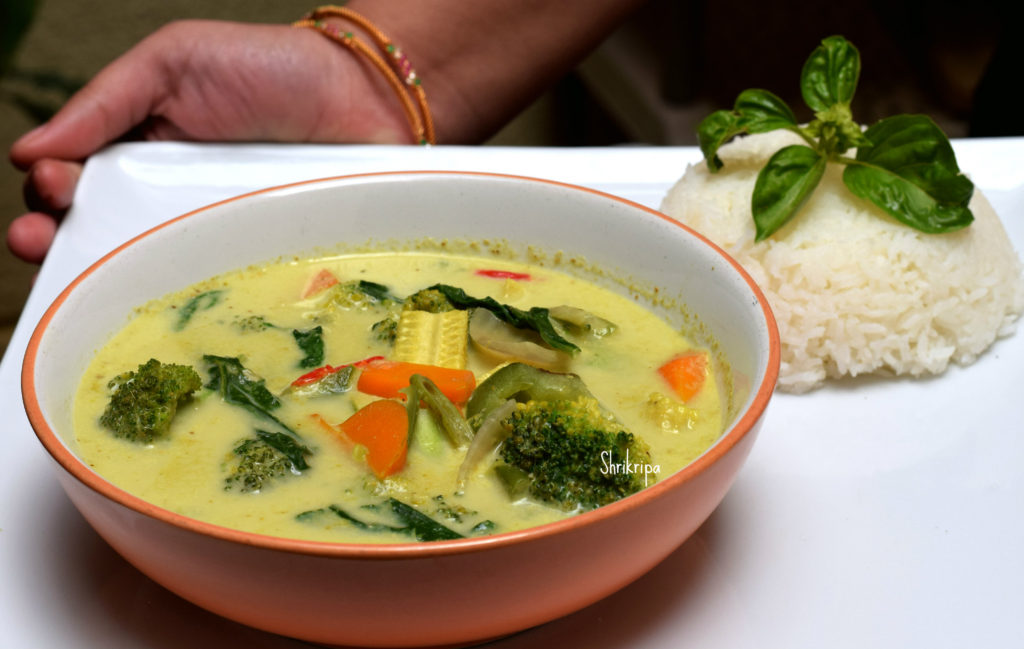Kadu Mavinahannina saru: is a traditional delicacy of coastal Karnataka, which is a must during mango season. We have several recipes of wild mangoes in the coastal region, and each has its charm and taste. Some varieties are sour and fibrous, and some are sweet and juicy; some mangos do not have much pulp. According to their types, their usage also varies 😉
If tiny wild mangoes are sour, not so sweet, and fibrous, they go into the cooked form of saru / Beyisida gojju. In this way, we can enhance the taste by adding additional jaggery and enjoy even the sourest mangoes.
Sigh!! These are all nostalgic memories for me. Here, In Bangalore, I do manage to cook all these varieties by using tiny mango, which is also known as Sakkara gutti or Sugar baby 😀
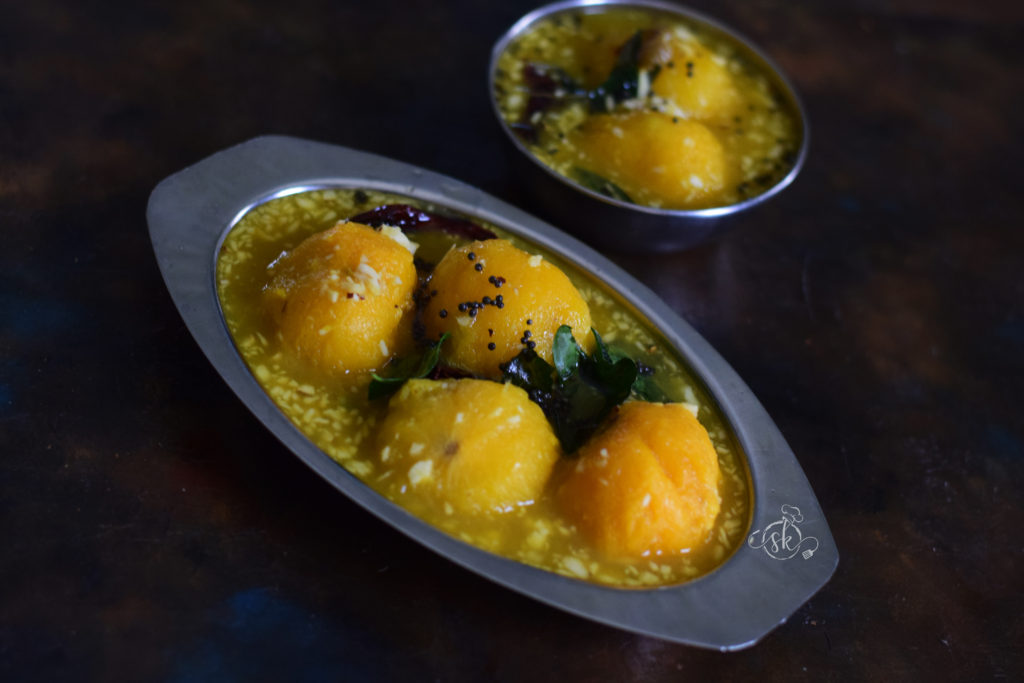
The recipe is simple and goes like this –
Ingredients:
Wild mangos / tiny mangos – 6
Green chillies – 2
Jaggery
Salt
Method:
-Clean the mangoes, remove the peel, put it in the vessel containing half a cup of water, squeeze and collect mango pulp; repeat the process until skin sheds all the pulps.
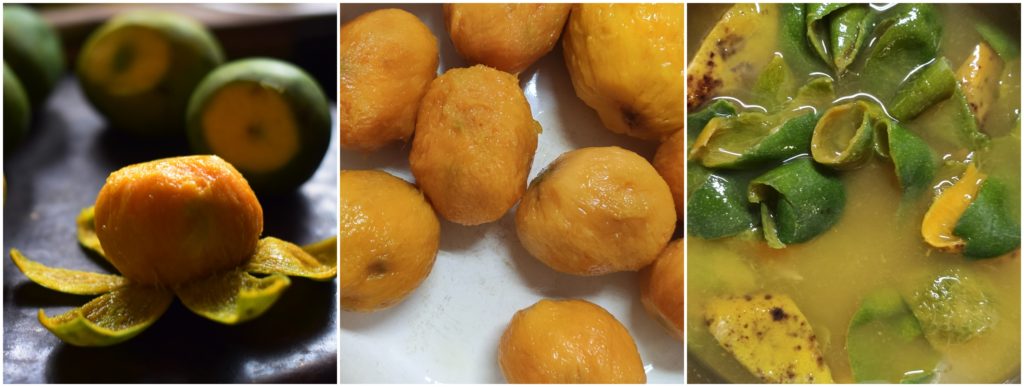
-Now, take mangoes, squeezed the water into a vessel. Add salt, crush two green chillies by using your hand ( it indeed a vital part to enhance the taste), jaggery ( little more), 1 tbsp of grated fresh coconut and boil until mango cooks.
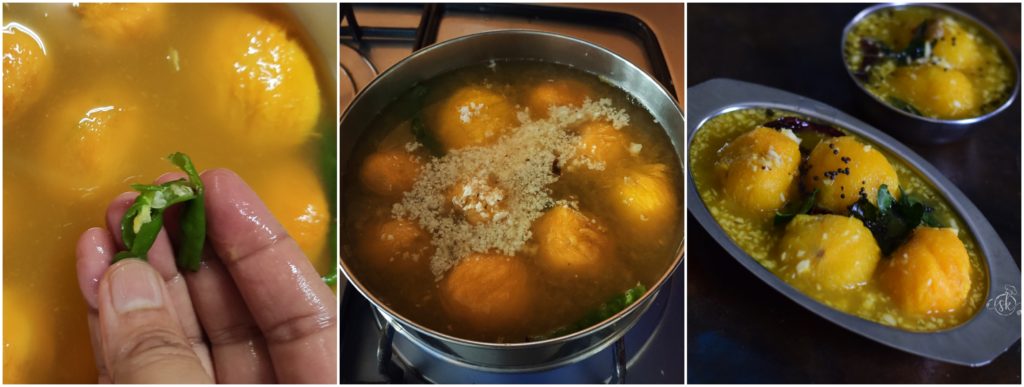
-Adjust the water content according to your taste. -Season it with Coconut oil, mustard, red chilli and curry leaves. Serve with hot rice.






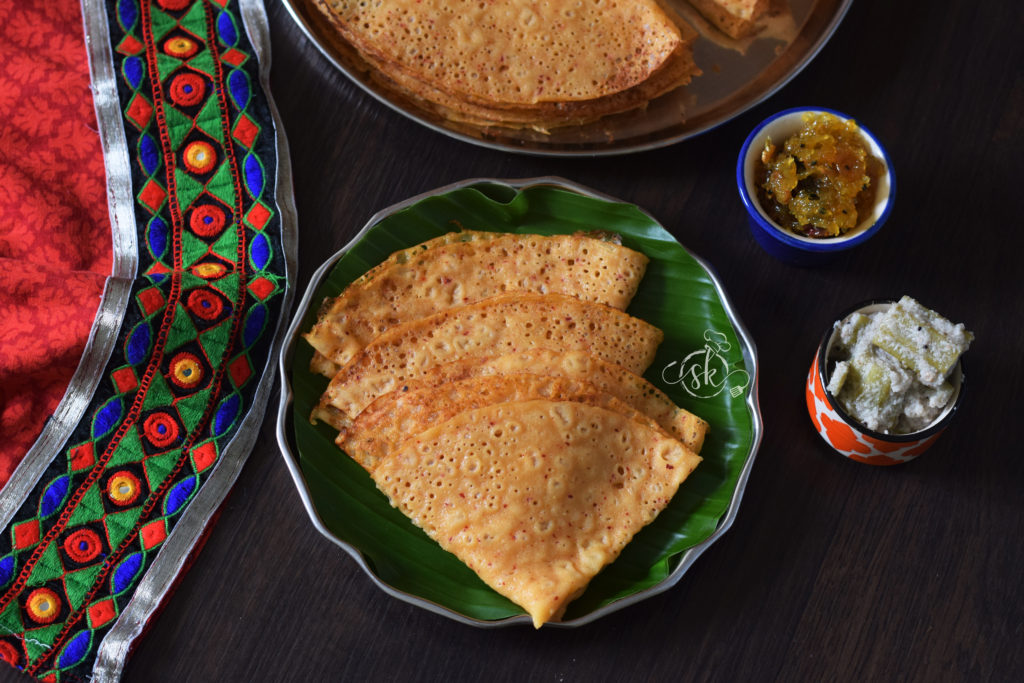


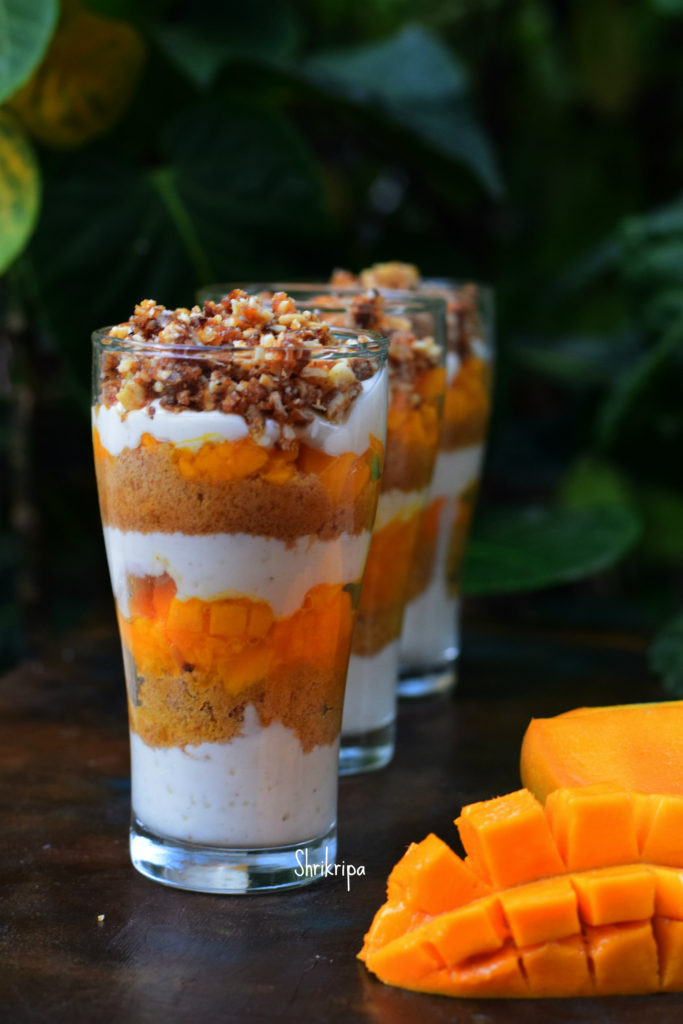


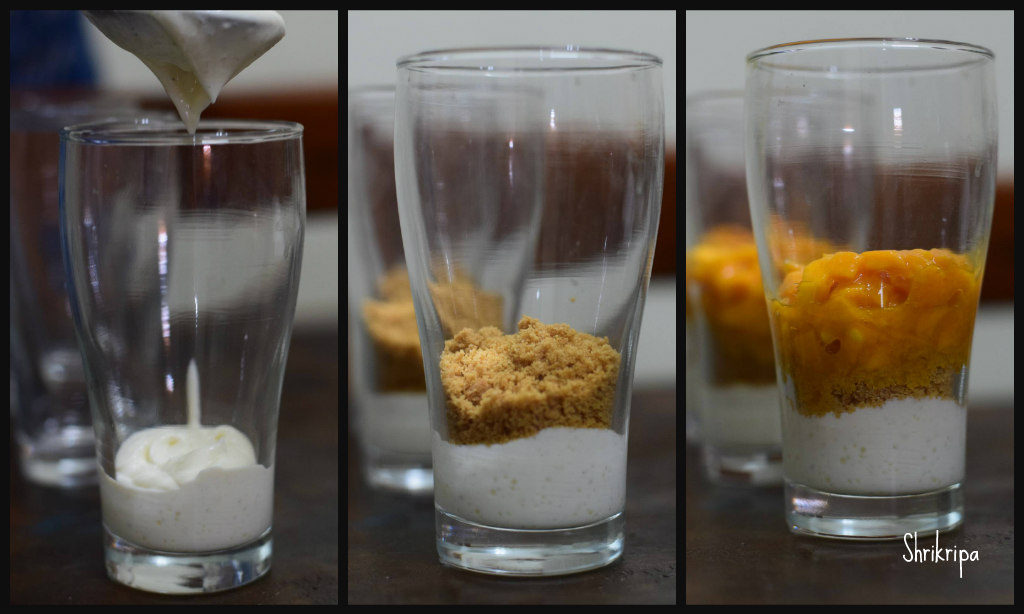




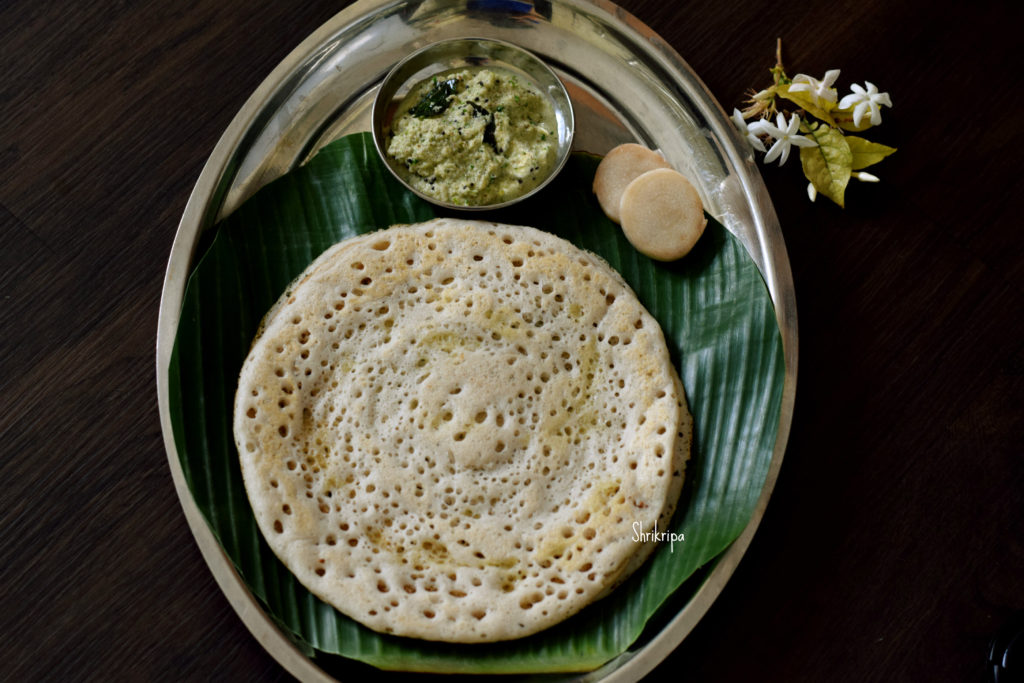


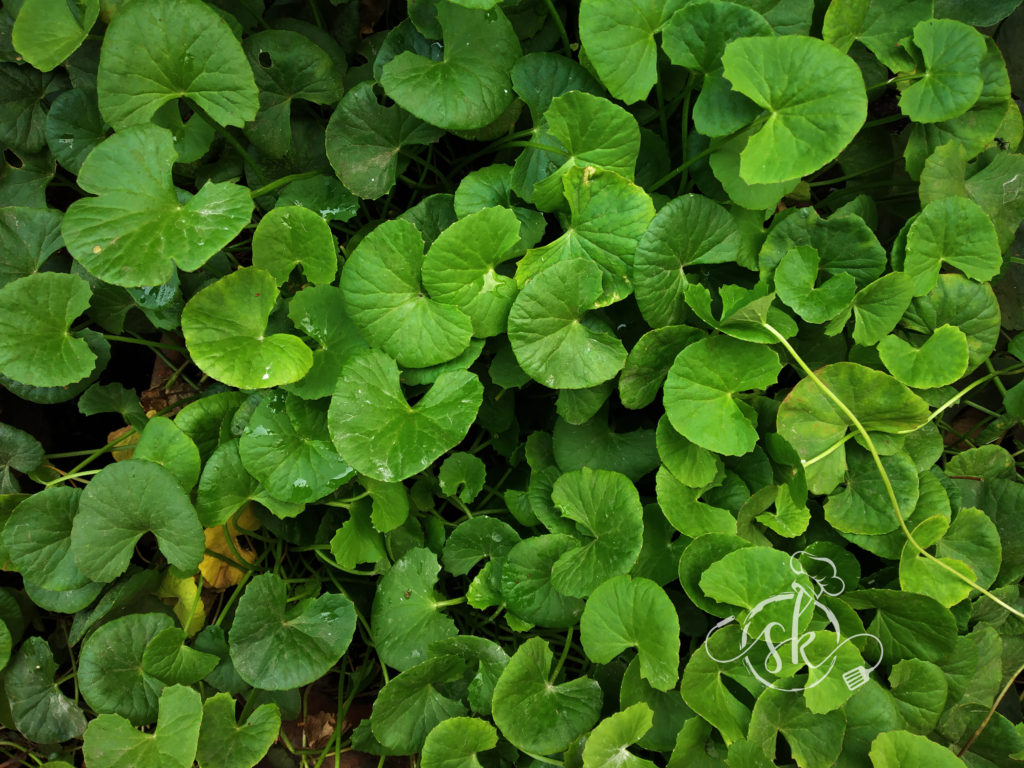
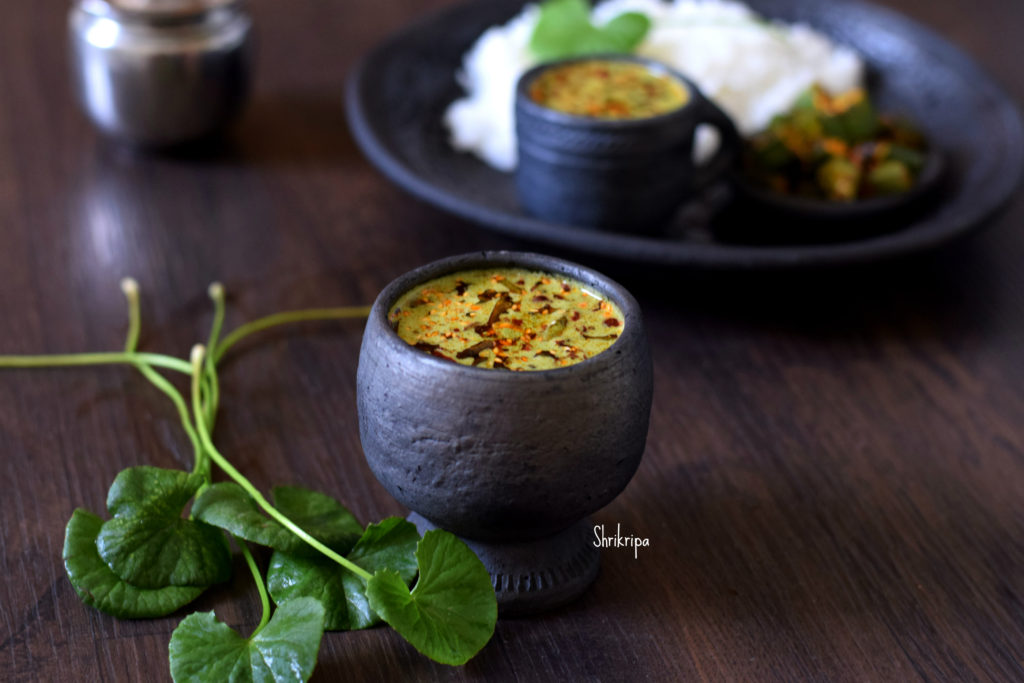

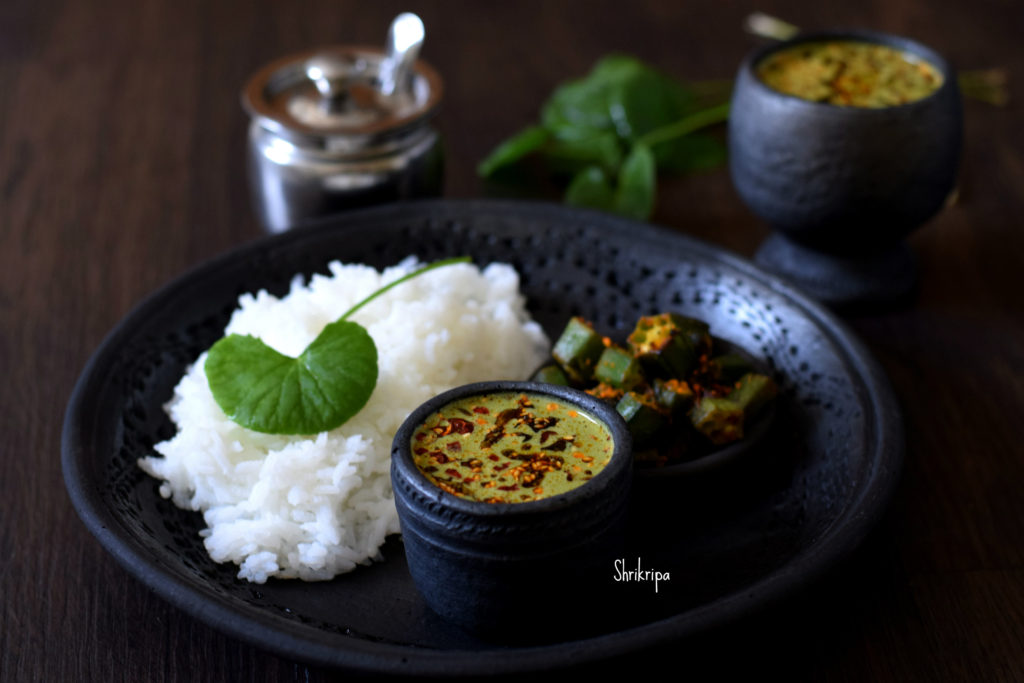
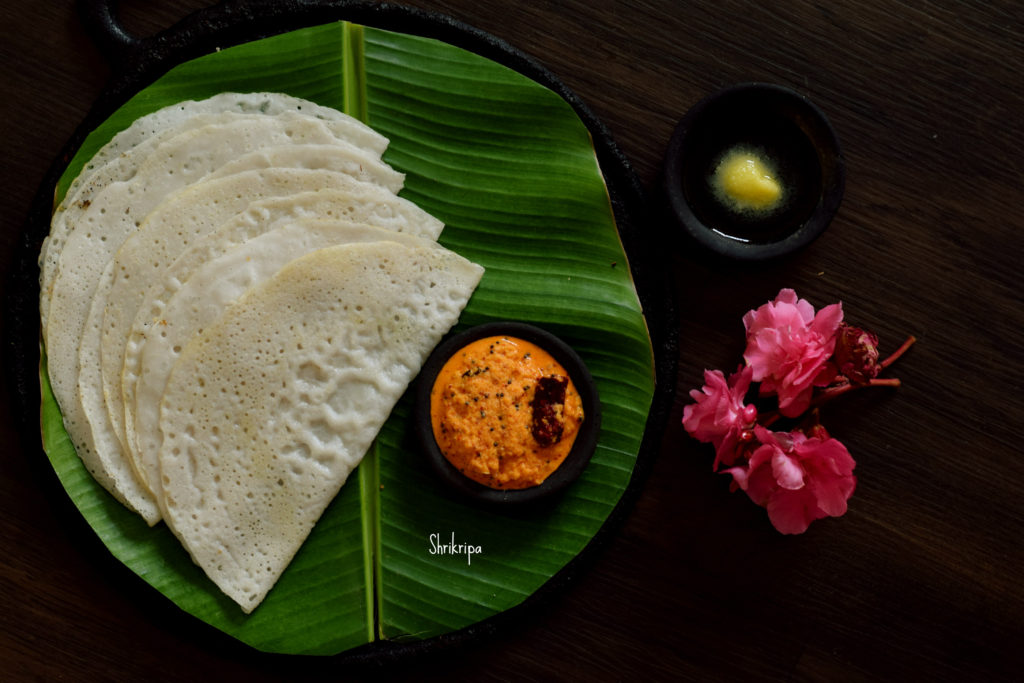

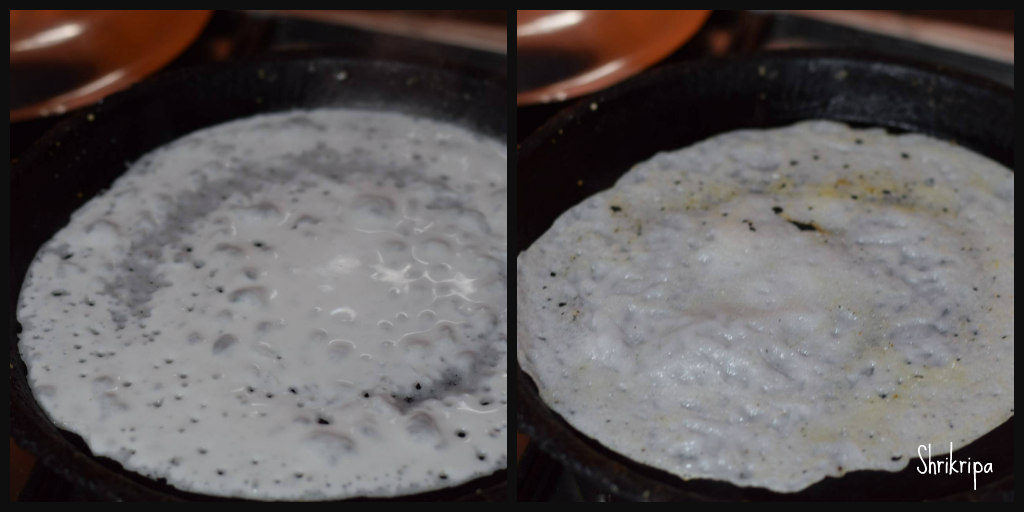
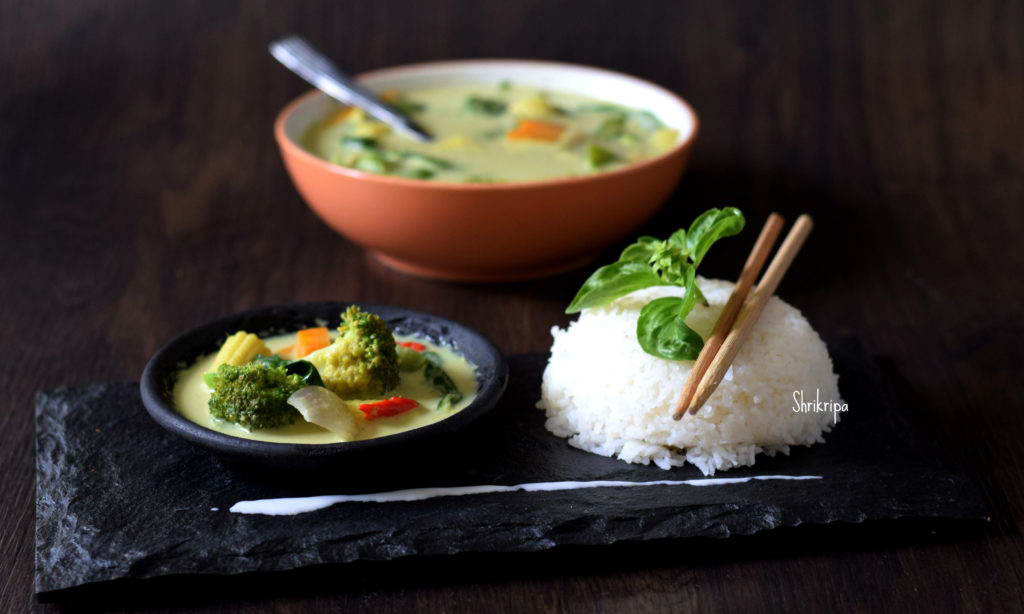 Pic credit: My daughter
Pic credit: My daughter